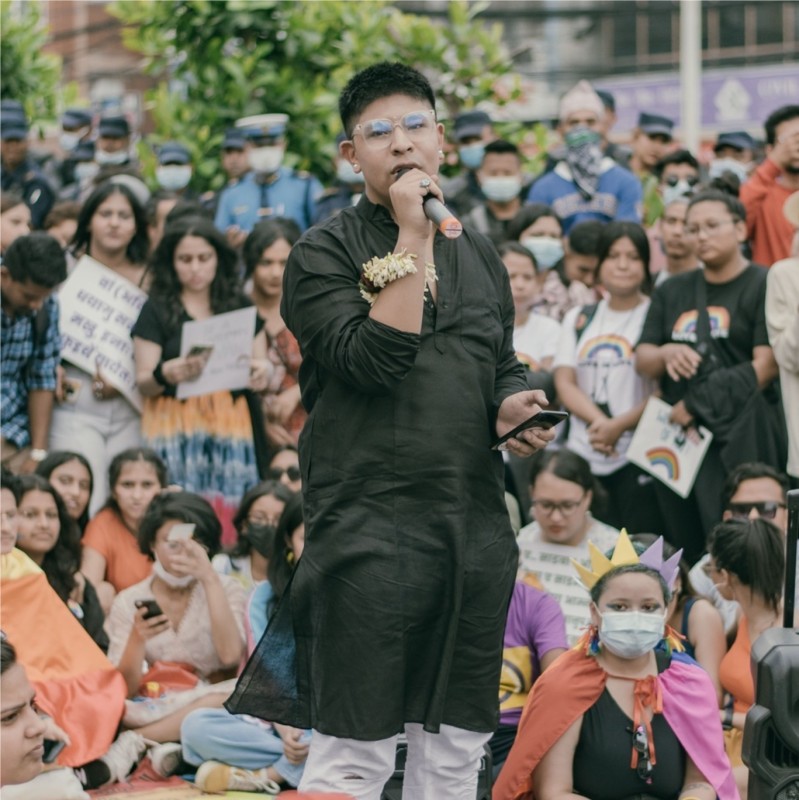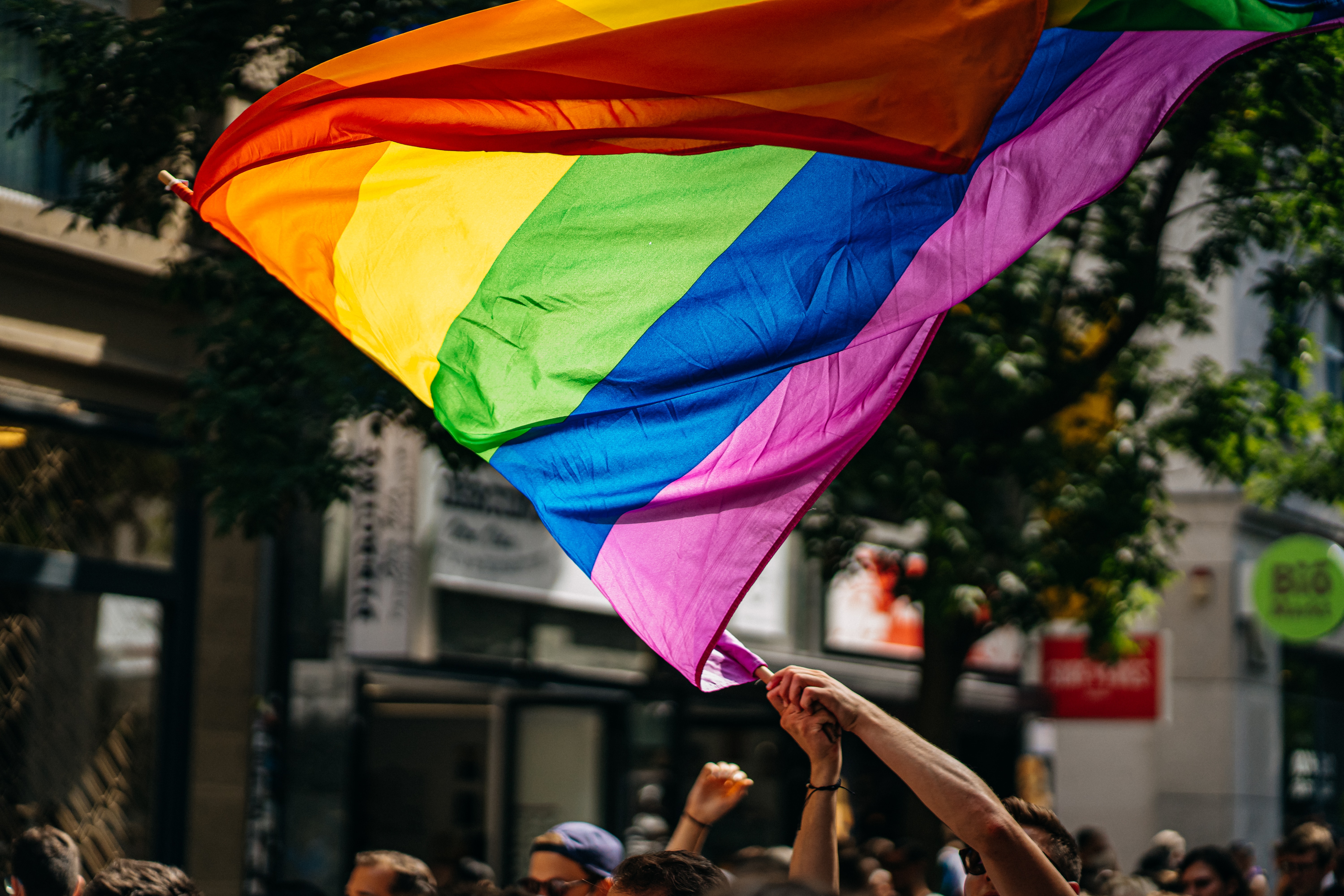
On November 29, Nepal made headlines around the world.
The reason — it became one of the first nations in South Asia to register a marriage involving a person from the LGBTIQA+ community.
For years, Surendra Pandey and Maya Gurung, the pioneering couple, knocked on several doors in Nepal to get their marriage legally recognised. But wherever they went and whomever they asked for support, they were met with rejection because marriage in Nepal is only seen as an act involving cis men and cis women. The Civil Code of Nepal, 2017, which sets the country’s laws for various things, including marriage, does not set a precedent for how people who fall on the LGBTIQA+ spectrum who are married can get legal recognition.
Because Gurung had her documents in the gender she was assigned at birth, which she does not identify with, the couple’s union was not legally recognised.
The interim order issued by Nepal’s Supreme Court in June gave them hope, as the court ordered the government to create a separate temporary registry for LGBTIQA+ couples seeking legal recognition of their marriage. While they were turned down at their first attempt, on November 29, the Lamjung District Court granted them a certificate, making them one of the first couples including a person on the LGBTIQA+ spectrum to receive legal recognition of their marriage.
As news of their legal marriage spread, people from all over the world began to congratulate them. Their marriage was celebrated around the world as a same-sex marriage.
But was it really a same-sex marriage? And did the Nepali government really deserve a pat on the back for being progressive and taking a step forward?
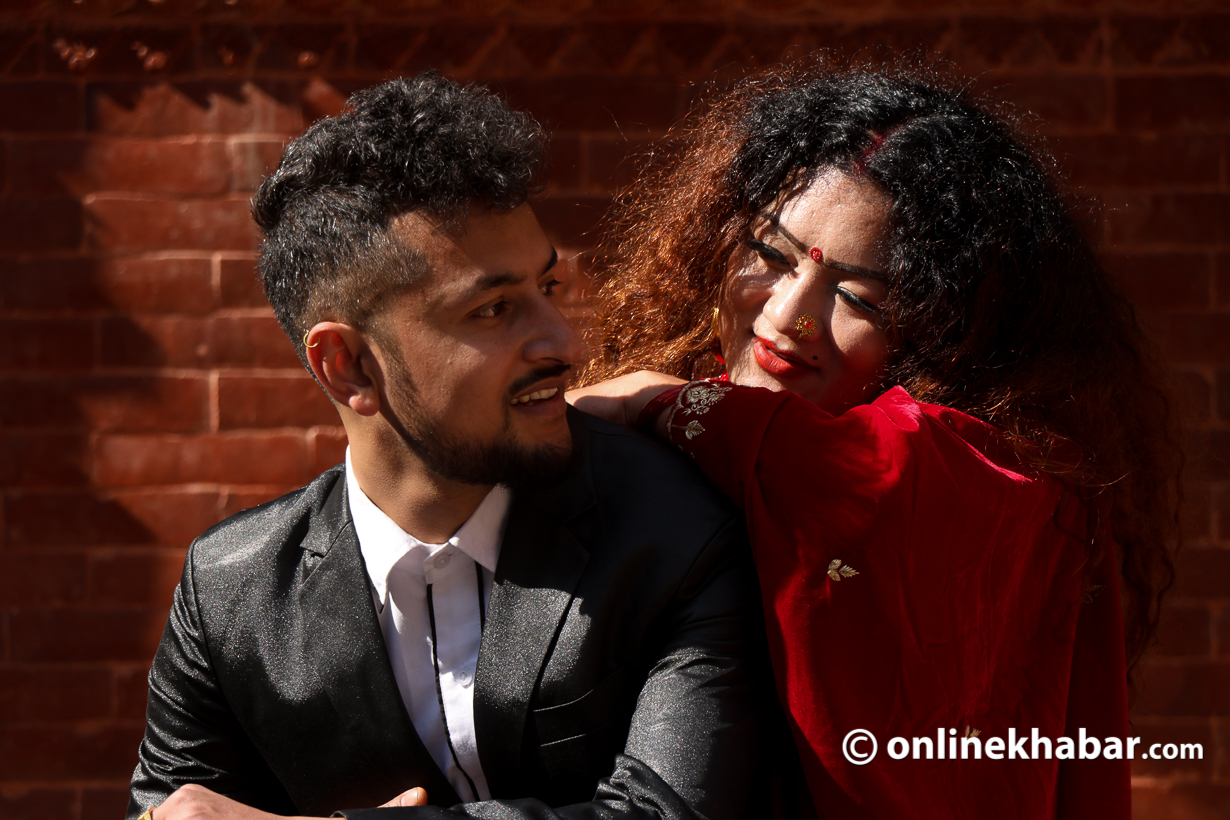
The answer is simple.
No, Nepal didn’t allow queer folks to marry each other. It was a heterosexual marriage. It was a marriage between a man and a woman. It was definitely a marriage that involved a queer person, but it was not a homosexual or same-sex marriage as several media reported.
So why did the media spread misinformation? Why did we, as Nepali society, collectively come together and call this marriage a same-sex union?
Well, there are several reasons. But one of the major reasons is how most of us have been misled to believe that Nepal is a progressive country for queer folks.
As a queer person myself, I have been made to believe that Nepal is a safe haven. I often hear my straight friends comparing my situation with those who live in other South Asian countries and several conservative nations, where it is legally punishable to be queer.
I am constantly reminded that my survival and existence without being punished by the law in Nepal is a big deal, something we should all cherish and celebrate.
Honestly, it is disheartening to see how lower our standards are for queer liberation and acceptance. This belief that “we let queer people exist and survive without facing legal repercussions for their identity” is the bare minimum because it is a basic human right. A country’s pursuit of equal rights for us should go beyond that. The social structures should accept us in every way. We should be treated with dignity and respect, and we should have equal opportunities to access social resources.
But all these things are missing in our country.
We still have structures that create hurdles for a trans woman to pass an exam. We still have a law enforcement system that physically abuses us. And we still have a media that constantly misgender us, use our dead names, and treat us as ‘the other.
Where is the law?
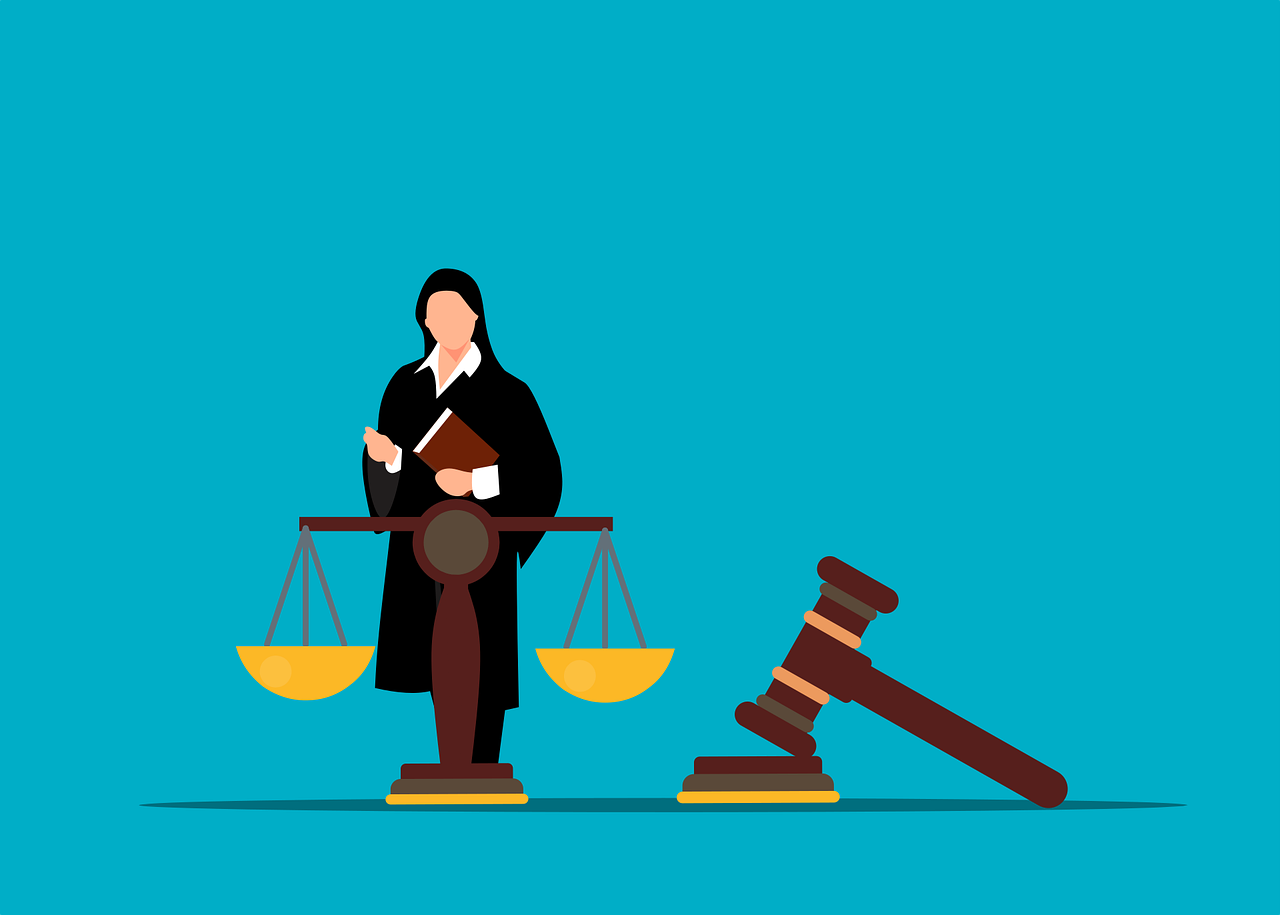
Let us also address the elephant in the room – the laws of the land.
In 2007, we saw Nepal’s Supreme Court order the government to legally recognise third gender people and to draft laws prohibiting discrimination based on sexual orientation and gender identity. The court also ordered the government to form a committee to study same-sex relationships and how the country could legalise same-sex marriage.
This was definitely a landmark decision as it was the first time the Nepali state recognised the existence of at least some members from the community. (Not all queer folks identify as a third gender).
Continuing the momentum in 2015, we became the 10th country in the world to specify laws under its constitution to protect members of the community.
However, when we have made strides on some issues, the otherisation of the queer community has occurred on a wide level, something that has harmed several members of the queer community.
For example, in 2012, the Home Ministry issued a directive stating that people who identify as lesbian, gay, bisexual, transgender, and intersex would be classified as “other” in their legal documents.
The fact that a powerful institution like the Home Ministry could not distinguish between gender identity and sexual orientation rings a bell. It reflects how people conflate gender identity with sexual orientation, even though they are different.
Additionally, the state calling and categorising every Nepali queer person as a third gender is problematic. I am not saying that it is wrong to be third gender. Third gender identity is unique to Nepal. It is an identity that is very much queer and challenges heteronormativity.
However, not all queer people in the country identify as third gender. There are trans men and women, non-binary and intersex people – all of their identities are valid. The state’s enforcement and boxing of every queer person as a third gender is antithetical to the queer community’s liberation movement.
Furthermore, the use of ‘others’ to denote third gender people and other members of the queer community by the state itself is demeaning and discriminatory. By using such alienating language, the Nepali government reinforces heteronormativity. It implies that those who are non-heterosexual are the ‘other’ and the ‘strange’, when that’s not the case.
What can the government do?
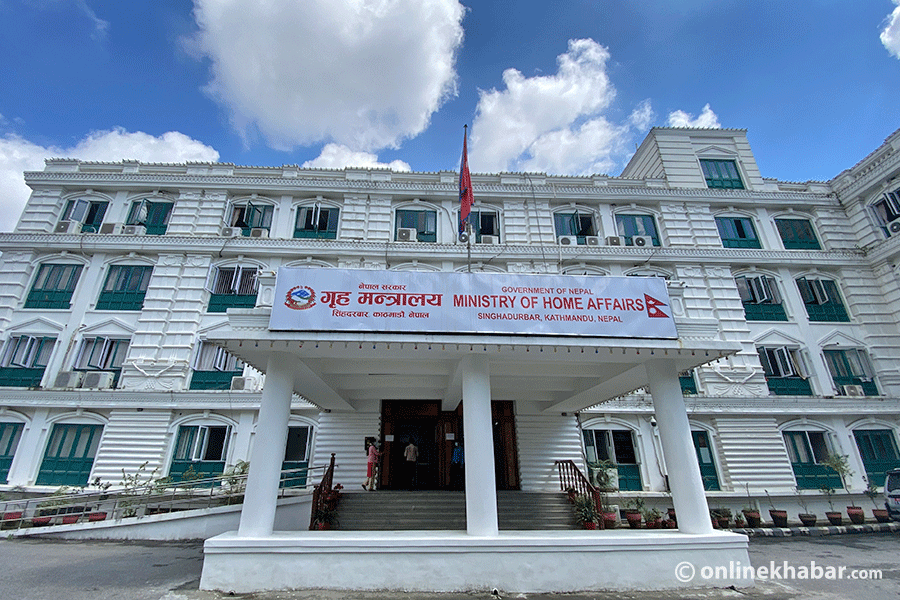
There is a lot for the government to do.
First, it needs to change all the laws that are driven by heteronormative beliefs and values. From including the word ‘partner’ in the Marriage Act to making rape laws inclusive, there’s a lot that needs to be done legally to protect queer rights.
Secondly, it needs to improve its own understanding of queerness and queer identities. It cannot force people to accept an identity they do not identify with. Instead, the government should be inclusive and recognise that queerness is more of a spectrum that consists of multiple identities. And each of them should be guaranteed the right to self-determination.
Thirdly, it needs to introduce affirmative policies that will allow queer people to join the socio-political structures of society.
While we often take pride in our legislative structure for having a decent representation of women, we as a society have failed to acknowledge that almost all of the people in our parliament are non-queer individuals. The lack of empathy and interest shown by parliamentarians towards the queer community and their struggles is so evident as hardly anyone has raised their voice to speak against the unjust laws of the country that discriminate against the queer community.
If we really want our laws to be queer friendly, we need more queer voices in parliament and other social institutions.
Lastly, it needs to stop portraying this image that Nepal is very queer friendly. By putting up this facade of progressiveness and queer utopia, it is actually harming us (queer people). It sets up this narrative that what we have now in the country is enough, when in fact we are actively discriminated against daily.
The path towards queer liberation is a long one. There will be more setbacks and challenges as queerphobia and violence increase. However, this should not make us set really low standards because it might lead people to believe that the best thing to do for queer people is to let them survive.
But how can they survive when all the laws in the country are made without considering them and their needs? How can they survive when they are discriminated against in the workplace, schools, hospitals, and every other social institution? How can they survive when the laws of the land treat them as ‘others’?
It is high time for us to reflect on these and understand that for a country to be friendly towards its queer community members, it should do more. It cannot just pretend to be a queer friendly nation, it needs to act to be one.
Only then can queers survive and thrive.


